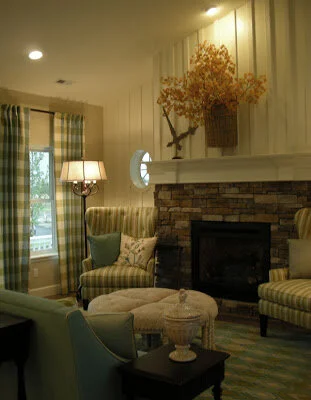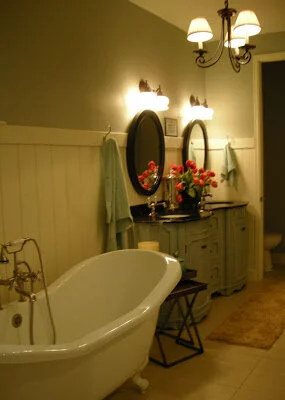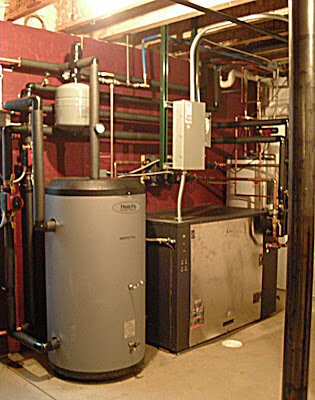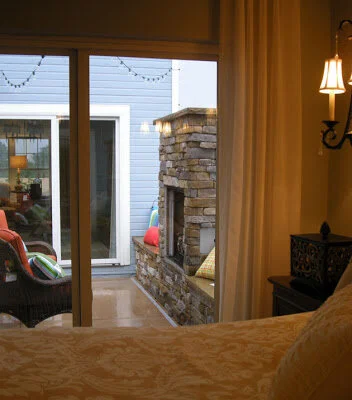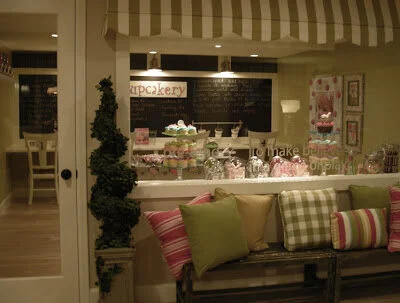2011 Parade of Homes, Part 3
Our coverage of LGA Studios' involvement with the Colorado Spring's Parade of Homes continues! Every year, the Parade of Homes is hosted by the Housing and Building Association of Colorado Springs and gives visitors a glimpse into the newest neighborhoods and homes introduced into the city. The price range is impressively wide—from the mid-100 thousands to 2 million dollars.
The G J Gardner entry in the Parade was not designed by LGA Studios, but Larry worked with other USGBC Steering Committee members in gathering data for LEED submittals. The aim for this house is to achieve LEED gold certification; the team is currently documenting the points for which this house is eligible.
Some LEED points will come from the proud achievement of a 13 on the HERs Index. A standard new home receives 100 points on this scale and a "net zero" home is at zero. Thirteen means that much of the time the home is not relying on the city's power supply, but receiving power through its own systems—in this case, photovoltaic (PV) panels and a geothermal heat pump.
The home is not completely independent, but is very efficient and will save significantly on energy bills. Homes with low HERs scores will have some combination of lighting and appliances that demand less energy, good insulation and less demand for water.
This home certainly has the latter, as it is registered to be the first "Water Sense for Homes in the region." The appliances were chosen for their Water Sense certification (see our previous article about Water Sense) and the landscaping was planned to need little irrigation. This technique—called xeriscaping—is especially vital to saving water in the dry, semi-arid Colorado Springs climate. John Olson of Olson Planning & Urban Landscapes designed the landscaping.
If you are unfamiliar with the concept of geothermal heating & cooling systems, a brief explanation can be found here. My previous assumption was that the pipes needed in the ground required some acreage to be effective but this installation proved me wrong: the underground piping system fit into the 4'-0" wide side yard of the house! As you can see by the photo to the left the interior equipment takes up some space in the mechanical room, but it replaces the water heater and furnace so it's a fairly even trade. This home is heated by radiant floors. The equipment here stores heated water to cycle through pipes in thin concrete panels that are part of the floor system.
The G J Gardiner home can be found in the Gold Hill Mesa neighborhood. Gold Hill Mesa follows TND (Traditional Neighborhood Development) principals, like several of the other Parade homes this year. As Colorado Springs spreads, central density is becoming more valuable. Proximity to local amenities will also earn this home additional LEED points.
There was much to say about this interesting house—and we are trusting that the photos will show you how cozy it was. I especially liked the children's play room in the basement, and the way the master bedroom, office and living area clustered around a courtyard. LGA Studios is always glad to promote energy-efficient design!



